In today’s dynamic manufacturing landscape, generic solutions often fall short of unique business demands, from diverse product lines and fluctuating market needs to strict regulatory compliance and spatial limitations. This complexity drives the shift towards highly specialized, tailor-made solutions. A customized packaging production line is a strategic investment, not just an expense, optimizing throughput, reducing costs, enhancing quality, and providing a competitive edge. It’s about designing a system that seamlessly integrates with current operations and future growth. This guide outlines the 11 crucial steps in developing a custom packaging production line, from initial concept to long-term support, detailing the scientific and technical considerations to ensure successful project delivery.
Customization is a strategic imperative because generic solutions cannot adapt to dynamic production environments or evolving business problems. Viewing it as an investment for long-term competitive advantage positions manufacturers like SFXB as strategic partners. This report offers a scientific yet accessible perspective, breaking down the complex process into 11 steps to inform B2B decision-makers, building trust and positioning the manufacturer as a professional and reliable partner.
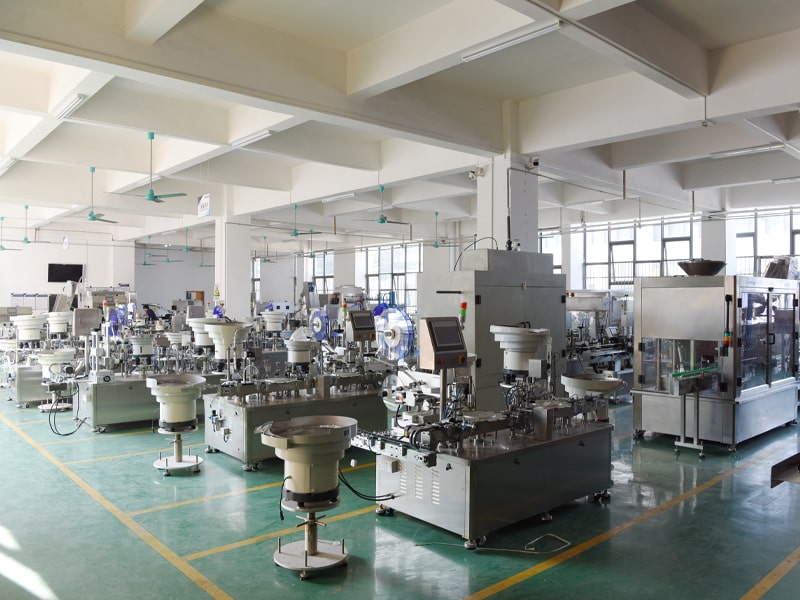
Table 1: The 11-Step Journey to Your Custom Packaging Line
| Step Number | Process Stage | Key Activities | Client Involvement | Expected Outcome |
| 1 | Packaging Requirements | In-depth needs assessment, product analysis, operational goals, regulatory compliance evaluation | Active participation, providing detailed data | Clear project scope and technical specifications |
| 2 | Proposal Quotation | Preliminary solution design, cost estimation, initial feasibility study | Review of preliminary proposal and budget | Initial framework and investment overview for the customized solution |
| 3 | Technical Communication | Detailed discussions, design iterations, technical specification confirmation, layout planning, simulation optimization | Feedback and confirmation, participation in technical meetings | Finalized design blueprint and technical details |
| 4 | Confirmation of the Plan | Final design approval, contract finalization, project timeline and milestone confirmation | Final review and contract signing | Legally binding project agreement, official project launch |
| 5 | Payment of Deposit | Initiation of manufacturing process, procurement of raw materials and components | Payment of agreed deposit | Official commencement of the production phase |
| 6 | Production Confirmation | Component procurement, custom part manufacturing, mechanical assembly, automation system integration, quality control | Regular progress updates, optional factory visits | High-quality equipment manufacturing completed, meeting design specifications |
| 7 | Payment of Balance | Payment based on production progress or completion | Payment of remaining balance | Equipment ready for shipment, financial process completed |
| 8 | Customer Inspection | Factory Acceptance Testing (FAT), performance verification, quality standards check | On-site or remote participation in FAT, final approval | Confirmation that equipment meets all performance and quality requirements |
| 9 | Delivery to Door | Logistics arrangement, secure transportation, customs clearance | Receiving goods, providing on-site support | Safe and timely delivery of equipment to the client’s specified location |
| 10 | Installation Training | On-site equipment installation, utility connections, final adjustments, operation and maintenance training | Site preparation, dispatching operation and maintenance personnel for training | Equipment fully operational, client team capable of independent operation and maintenance |
| 11 | Attentive After-Sales Service | Ongoing technical support, spare parts supply, routine maintenance, system upgrade services | Submitting service requests, providing operational feedback | Long-term efficient operation of equipment, continuous stable production for the client |
Phase One: Conceptualization & Collaboration – Defining Your Vision
The journey to a custom packaging production line starts with a deep understanding of the client’s unique operational ecosystem. The initial “Packaging Requirements” stage goes beyond a simple checklist, demanding a thorough grasp of the product and its environment.
1. Deep Dive into Your Unique Packaging Requirements
A comprehensive assessment examines product physical characteristics (size, weight, fragility), packaging material properties, and desired aesthetics. This detail is crucial for optimal machinery selection and overall packaging line design, ensuring a perfect product-process match. Beyond physical attributes, understanding production rates, available space, and regulatory requirements (e.g., FDA, CE for food/pharma) is essential. Integrating compliance early avoids costly redesigns. This consultative approach, where the manufacturer acts as a client team extension, ensures solutions meet immediate needs and broader strategic goals. Successful design also prioritizes ease of operation, maintenance, and personnel safety, boosting productivity and satisfaction.
2. Blueprinting Excellence: Proposal & Quotation
After understanding client needs, the “Proposal Quotation” stage translates requirements into concrete solutions and preliminary cost estimates. The engineering team conceptualizes the custom packaging production line’s preliminary design and layout, selecting suitable machinery and determining optimal product flow. System integration is key, ensuring components like fillers, cappers, labelers, case packers, and the conveyor line work seamlessly. The preliminary quotation details required equipment, estimated costs, timeline, and custom features, serving as an initial feasibility study. Clients review and discuss this proposal and budget for alignment with business expectations.
3. Precision Engineering: Technical Communication & Optimization
“Technical Communication” is a dynamic, collaborative stage where the engineering team refines the preliminary design through in-depth exchanges with the client. This ensures every detail of the packaging production line aligns with precise requirements. Advanced tools like simulation software optimize packaging line layout and predict performance, minimizing bottlenecks, maximizing throughput, and reducing project risks. Simulation allows virtual testing of configurations for optimal efficiency and functionality. Scalability and future compatibility are integrated, ensuring the customized packaging line adapts to future product changes or demand growth without extensive overhauls, safeguarding long-term investment. This continuous collaboration finalizes a design blueprint that meets and exceeds expectations.
Phase Two: From Design to Reality – Production & Quality Assurance
Once the design blueprint is finalized and approved, the project enters its critical execution phase. This stage transforms concepts into tangible mechanical equipment, ensuring the highest quality standards.
4. Solidifying Partnership: Confirmation of the Plan
“Confirmation of the Plan” is the formal milestone transitioning the project from design to manufacturing. The client conducts a final review and approval of all technical specifications, design drawings, timelines, and cost estimates. This crucial step ensures mutual understanding of the final product and deliverables. Client sign-off on design documents and the contract signifies a legally binding partnership, officially launching the manufacturing phase and laying a solid foundation for subsequent production activities.
5. Project Kick-off: Payment of Deposit
Following formal plan confirmation, the client pays the project deposit as per contract. This funding initiates the customized packaging production line manufacturing process, enabling the manufacturer to procure raw materials, custom components, and schedule production. The deposit marks the official transition from planning to execution, demonstrating mutual commitment.
6. The Art of Manufacturing: Production Confirmation
The “Production Confirmation” stage transforms the customized packaging production line from drawings into reality. Based on confirmed designs, the manufacturer procures components, precision manufactures custom parts, and assembles mechanical equipment. This includes meticulous assembly of packaging machines (fillers, cappers, labelers) and their integration into a cohesive packaging line via a conveyor line system. Modern manufacturing emphasizes robotics and automation for enhanced precision, speed, safety, and efficiency. Stringent quality control ensures every component and assembly meets specifications. Professional project management keeps the process on schedule and budget, with clear milestones and regular updates. Clients receive progress updates and can arrange factory visits.
7. Milestone Achieved: Payment of Balance
As packaging production line manufacturing nears completion, the client pays the remaining balance per contract, typically at key production milestones or before shipment. This payment signifies the successful completion of the manufacturing phase, preparing for customer inspection, delivery, and installation. This step synchronizes financial and physical progress, maintaining transparency and trust.
Phase Three: Implementation & Long-Term Partnership – Delivery & Support
Once the customized packaging production line is manufactured, the subsequent stages ensure smooth delivery, installation, and operation, along with long-term support for continuous efficient performance.
8. Ensuring Flawless Performance: Customer Inspection (FAT)
Before shipment, the packaging production line undergoes rigorous “Factory Acceptance Testing” (FAT) at the manufacturer’s facility to ensure it meets all performance and quality standards. Clients are invited to attend, inspecting manufacturing quality, functional completeness, and verifying performance metrics like speed, accuracy, and stability. FAT is crucial for mitigating investment risk, ensuring a compliant, functional system, and minimizing post-delivery issues. This transparent verification builds client confidence and reinforces manufacturer professionalism.
9. Seamless Transition: Delivery to Door
After successful FAT and client approval, the manufacturer handles “Delivery to Door” logistics. This includes meticulous packaging, selecting appropriate transportation (sea, air, land), and managing customs clearance. The goal is safe, timely delivery of the packaging production line to the client’s factory. Professional logistics ensure a seamless transition from production facility to client site, preparing for installation and commissioning.
10. Empowering Your Team: Installation & Training
Upon equipment arrival, a professional team conducts “Installation & Training.” This vital stage involves on-site equipment installation, connection to utilities (power, air), and final adjustments for optimal packaging line operation. The team ensures all components, including the conveyor line and individual machines, are correctly positioned and synergistic. Simultaneously, comprehensive training for client operation and maintenance personnel is provided by manufacturer experts. This covers daily operation, troubleshooting, preventive maintenance, and safety protocols, empowering the client’s team to maximize packaging production line efficiency and minimize downtime. Thorough training ensures a smooth transition and immediate productivity, also considering human factors for ease of operation, maintenance, and safety.
11. Unwavering Commitment: Attentive After-Sales Service
Delivery and installation of a customized packaging production line mark the start of a long-term partnership. The manufacturer provides “Attentive After-Sales Service” to ensure optimal performance throughout the equipment’s lifecycle. This includes ongoing technical support, timely spare parts supply, and routine maintenance. Technical support offers professional guidance for operational issues, while spare parts minimize downtime. Regular maintenance extends equipment lifespan and efficiency. System upgrade services keep the packaging line advanced. This commitment provides peace of mind, ensuring the initial investment yields continuous returns and maximizes equipment lifespan and performance.
SFXB(XueBa)’s Edge: Why Our Customized Solutions Deliver Unparalleled ROI
Choosing a customized packaging production line leads to operational excellence. SFXB understands each business’s unique challenges, offering tailor-made solutions for unparalleled Return on Investment (ROI). Customized packaging line advantages include enhanced efficiency, reduced labor costs, increased throughput, and improved product quality.
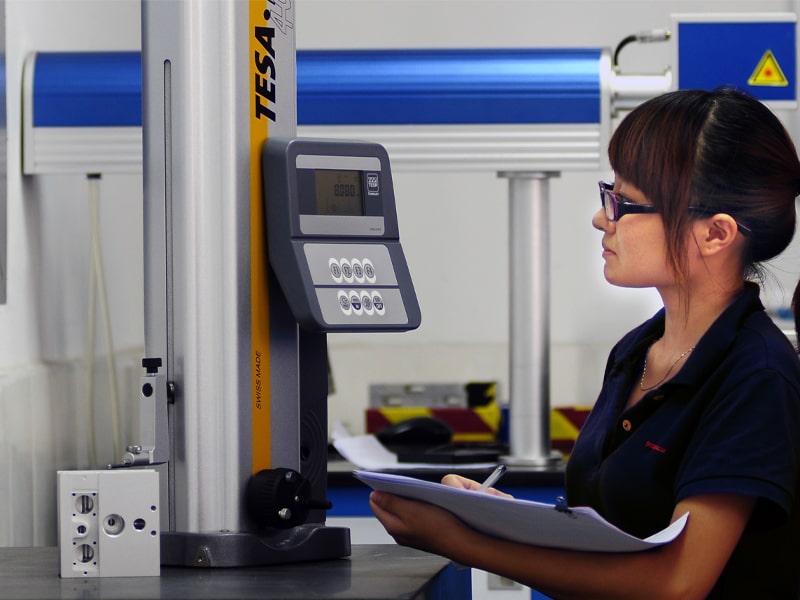 |
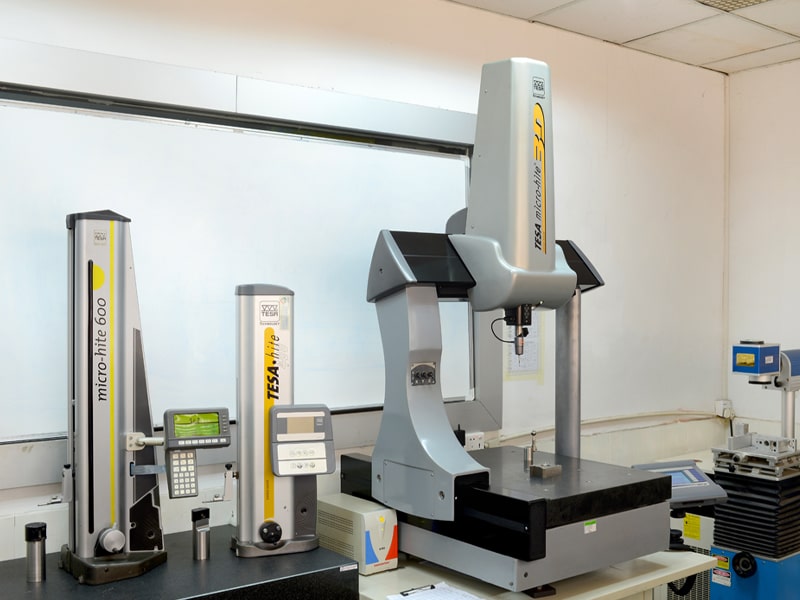 |
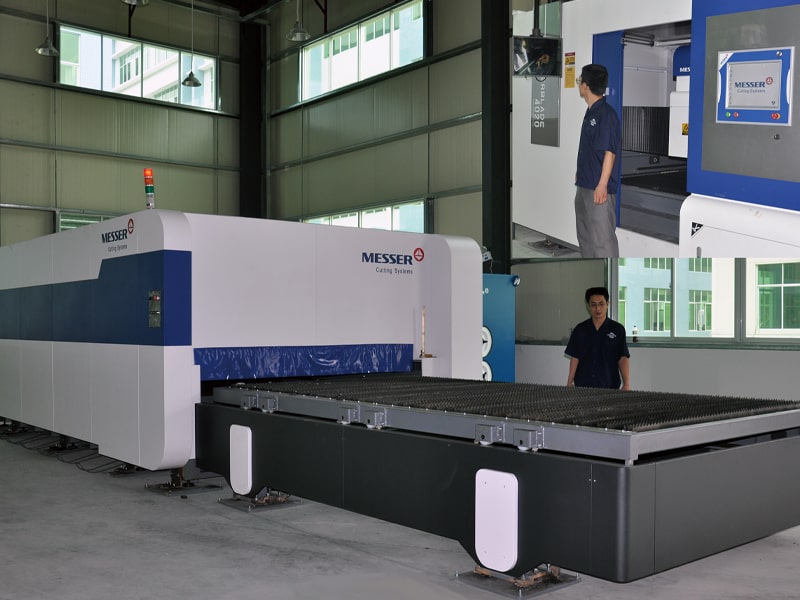 |
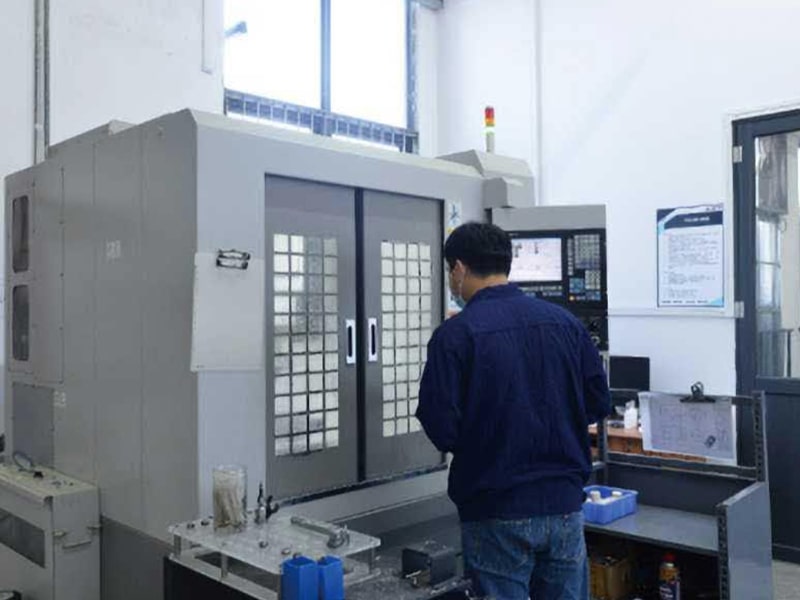 |
| Quality control | 3D tester | Laser cutting machine | CNC engraving machine |
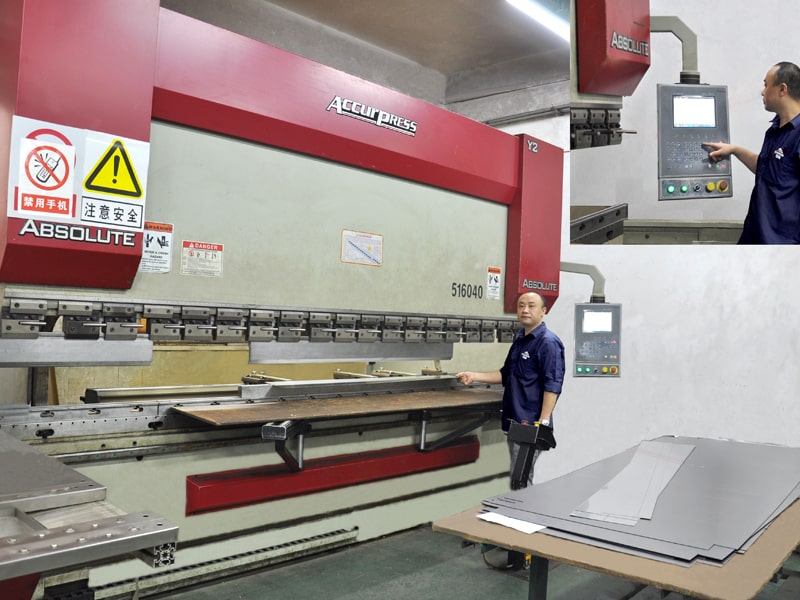 |
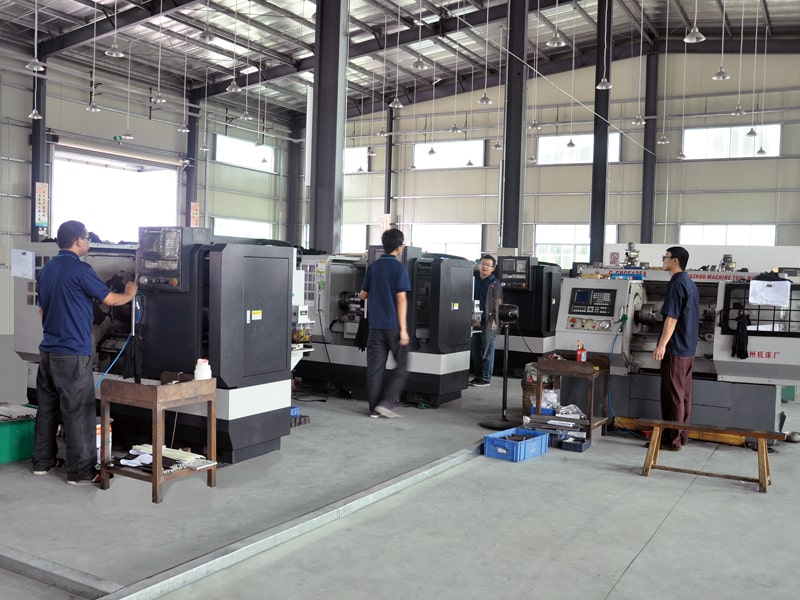 |
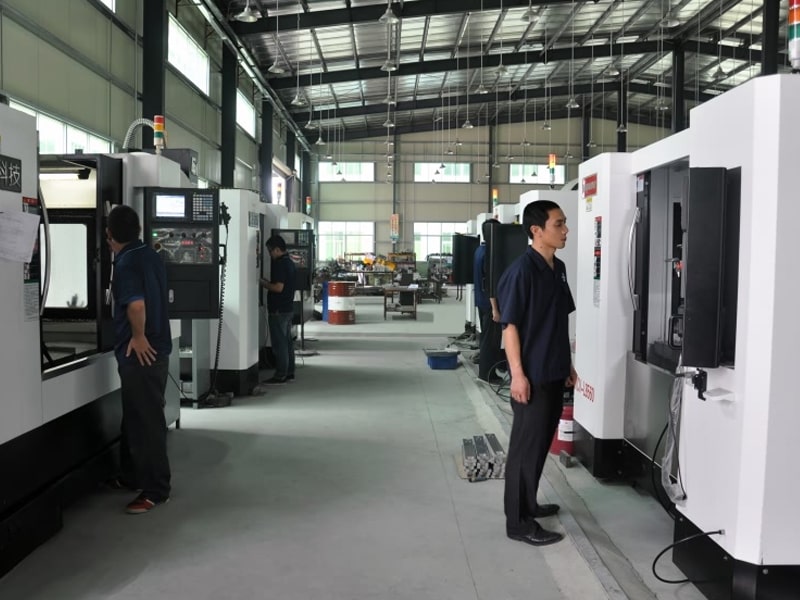 |
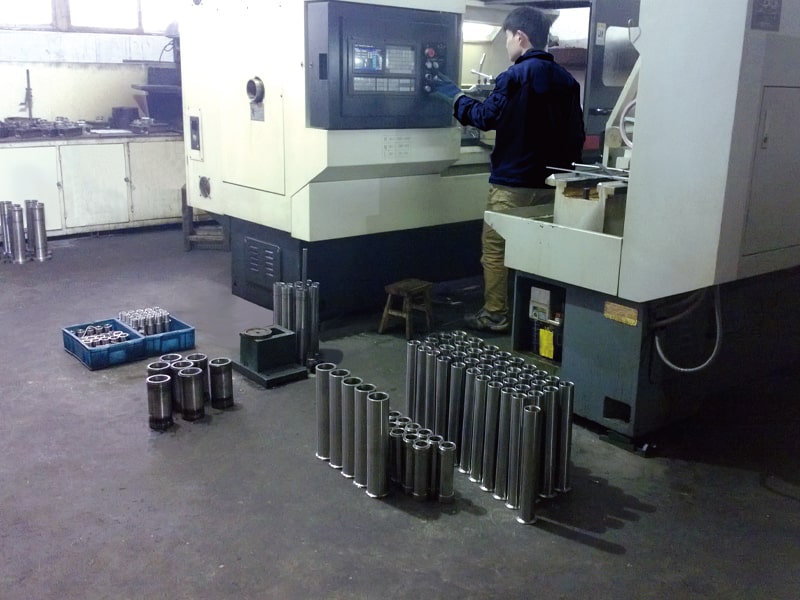 |
| Numerical control bender | Numerical control lathe | CNC processing center | Precision processing of piston cylinder |
Table 2: Key Advantages of a Customized Packaging Production Line
| Advantage Area | Description | How SFXB’s Custom Process Delivers |
| Optimized Efficiency | Eliminates bottlenecks, ensures seamless production flow, and maximizes hourly output. | Through in-depth needs assessment and layout optimization using simulation software, we ensure the packaging line design perfectly matches client production goals, minimizing downtime and boosting Overall Equipment Effectiveness (OEE). |
| Cost Reduction | Cuts operational expenses by reducing labor requirements, minimizing material waste, and optimizing energy consumption. | Precise solution design and technical communication ensure equipment selection and automation levels align with client budgets and long-term operational cost targets, avoiding unnecessary investments and resource waste. |
| Enhanced Product Quality | Ensures precision and consistency in the packaging process, reducing product damage and packaging defects. | A detailed understanding of product physical characteristics and packaging materials, coupled with rigorous Factory Acceptance Testing (FAT), guarantees superior performance in packaging accuracy and product protection. |
| Increased Flexibility & Scalability | Allows for future product variations or production growth without extensive retooling. | Scalability and future compatibility considerations are integrated during the design phase, ensuring the packaging production line can adapt to future market changes and business expansion, protecting the client’s long-term investment. |
| Regulatory Compliance | Ensures the packaging production line adheres to all industry-specific laws, regulations, and safety standards. | Industry-specific regulations (e.g., FDA, CE) are incorporated into the design from the project’s outset, and rigorous quality control and testing ensure the final equipment is fully compliant, avoiding potential legal risks and penalties. |
| Improved Personnel Safety & Ease of Operation | Ergonomic design ensures operator safety, comfort, and ease of use. | The “human factor” is thoroughly considered during the technical communication phase, leading to user-friendly systems that are easy to operate and maintain, thereby increasing employee satisfaction and productivity. |
| Long-Term Reliability & Support | Access to continuous technical support, spare parts supply, and maintenance services ensures stable, long-term equipment operation. | Through comprehensive installation training and a commitment to attentive after-sales service, SFXB ensures the client’s packaging production line operates efficiently and stably for the long term, maximizing equipment lifespan. |
SFXB’s expertise is evident in its robust project management, ensuring the complex design and building process stays on schedule and within budget with clear milestones. Furthermore, our strength lies in prioritizing collaboration and communication. We co-create solutions with clients, ensuring the final packaging production line perfectly fits their unique production needs and future vision.
Conclusion: Your Strategic Partner in Packaging Innovation
Deploying a customized packaging production line is a complex engineering endeavor requiring precise planning, expert execution, and continuous support. Every step, from understanding requirements and meticulous design to precision manufacturing, quality assurance, installation, training, and long-term after-sales service, is crucial. SFXB’s 11-step custom process systematically guides clients, ensuring the delivered packaging production line exceeds expectations.
This tailor-made approach enables businesses to achieve significant efficiency gains, cost optimization, improved product quality, and future-proof scalability, making customized solutions an indispensable strategic investment. SFXB is committed to being your strategic partner in packaging innovation, leveraging deep expertise and a client-centric model to build packaging production lines that drive business growth.
If you seek a packaging production line solution that perfectly matches your unique needs, enhances operational efficiency, and ensures long-term competitive advantage, contact SFXB today to begin your customized packaging journey.
Frequently Asked Questions (FAQ) About Custom Packaging Production Lines
1.What is a customized packaging production line?
A customized packaging production line is a tailor-made solution designed to meet the unique needs of a business’s production environment. It includes custom machines and processes that optimize efficiency, reduce costs, and ensure product quality while adhering to industry-specific regulations.
2.Why should I choose a customized packaging production line over a generic solution?
Custom solutions are more adaptable to specific business challenges, such as varying product types, production rates, available space, and regulatory compliance. They provide long-term ROI by enhancing efficiency, flexibility, and scalability, which generic solutions cannot achieve.
3.How do you ensure regulatory compliance in a custom packaging line?
Regulatory compliance (e.g., FDA, CE) is integrated from the beginning of the project. A thorough assessment of regulatory requirements is conducted, and the packaging line design adheres to relevant industry standards, ensuring the final system meets all necessary legal and safety regulations.
4.What are the key advantages of a customized packaging production line?
Key advantages include optimized efficiency, cost reduction, enhanced product quality, increased flexibility for future changes, regulatory compliance, improved personnel safety, and long-term reliability. Each of these factors contributes to a superior ROI compared to generic solutions.
5.How do you ensure that the customized packaging line will meet my production needs?
Through a thorough needs assessment, the manufacturer collaborates with the client to understand product characteristics, production goals, space constraints, and operational challenges. This allows for the design of a system that perfectly matches your requirements and future growth needs.
6.What is the role of Factory Acceptance Testing (FAT) in the process?
FAT is a critical stage where the client verifies that the packaging line meets performance and quality standards before shipment. It involves testing the system for accuracy, speed, and stability to ensure that it operates as designed and reduces the risk of post-delivery issues.
7.How long does it take to deliver a customized packaging production line?
The timeline varies based on the complexity of the project, but typically, the process involves several stages, from initial proposal to final delivery, and can range from several weeks to a few months. Clear milestones and communication ensure that clients are updated throughout the process.
8.What is included in the installation and training phase?
Installation involves setting up the equipment, connecting utilities, and ensuring that all components work together. Training includes teaching your team how to operate the machinery, perform routine maintenance, troubleshoot, and follow safety procedures to ensure smooth operations.
9.How do you provide after-sales support?
After installation, Xuebapack offers continuous technical support, spare parts supply, regular maintenance services, and system upgrades. This long-term support ensures that the equipment continues to operate efficiently and meets production needs throughout its lifecycle.
10.How do I know if a customized packaging production line is right for my business?
If your business faces unique production challenges, such as fluctuating demand, regulatory requirements, or the need for high-quality packaging, a customized production line can provide significant benefits. A consultation with an expert will help assess your specific needs and determine the most suitable solution.
| References: | |
| 1. | The Role of Packaging Design in the Future of Manufacturing ——Retrieved from:Packaging Digest |
| 2. | European Commission – CE Marking for Packaging Equipment |
| 3. | Food and Drug Administration (FDA) – Packaging and Labeling Regulations |
| 4. | Automation in Packaging: Advances and Challenges (Journal of Food Engineering) ——Retrieved from:ScienceDirect |




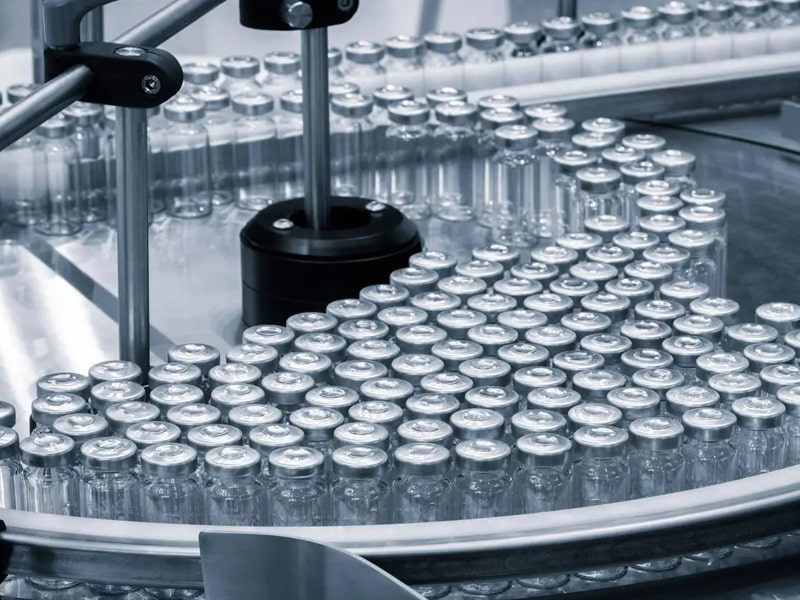

Consiglio vivamente SFXB come partner affidabile e competente per la realizzazione di linee di produzione di imballaggi personalizzati. La loro esperienza e attenzione alle esigenze specifiche del cliente garantiscono soluzioni innovative, efficienti e conformi alle normative. Grazie a SFXB, ho migliorato significativamente la produzione e il ROI, ottenendo risultati eccellenti. La loro assistenza post-vendita e il supporto continuo sono impeccabili, rendendo il processo di implementazione fluido e senza preoccupazioni. Se cercate professionalità e soluzioni su misura, SFXB è sicuramente la scelta migliore.